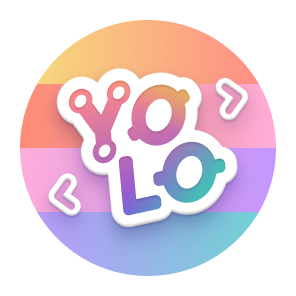Block or Report
Block or report robbroadwell
Report abuse
Contact GitHub support about this user’s behavior. Learn more about reporting abuse.
Report abusePinned
-
CleanSwiftUI
CleanSwiftUI PublicTemplate for excessively robust architecture with SwiftUI and Combine.
-
FlightsSwiftUI
FlightsSwiftUI PublicAirport search featuring city autocomplete, animations, dependency-injected AppState. SwiftUI, MapKit and Combine.
Swift 3
-
-
ScubaSocialNetwork
ScubaSocialNetwork PublicScuba Social Network with React, Mongo, Express.
JavaScript
-
-
Something went wrong, please refresh the page to try again.
If the problem persists, check the GitHub status page or contact support.
If the problem persists, check the GitHub status page or contact support.


